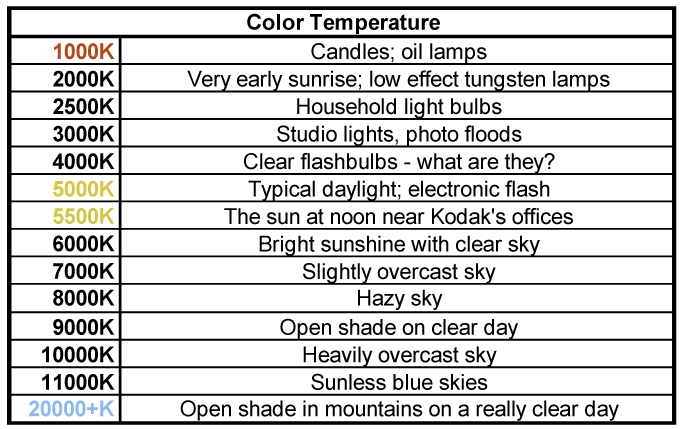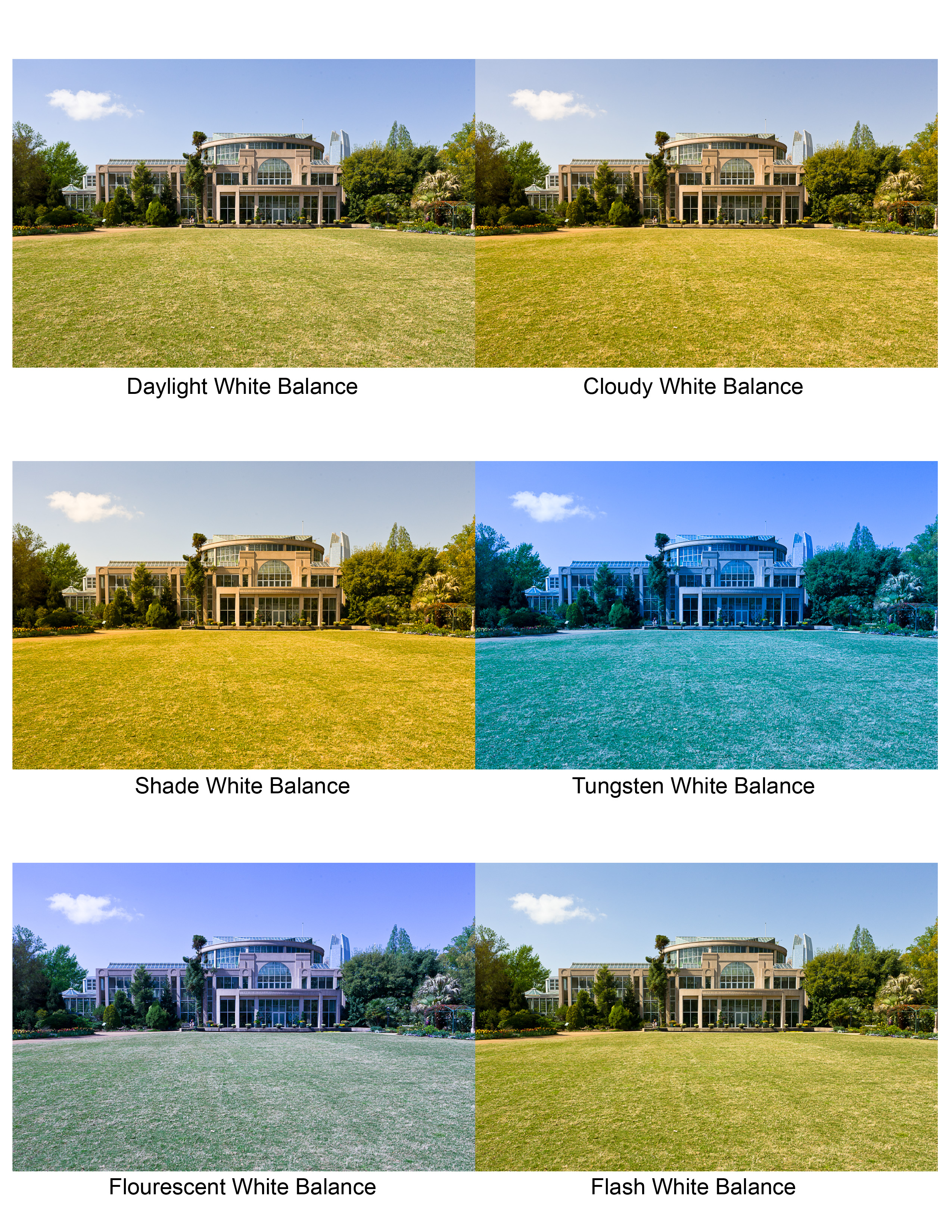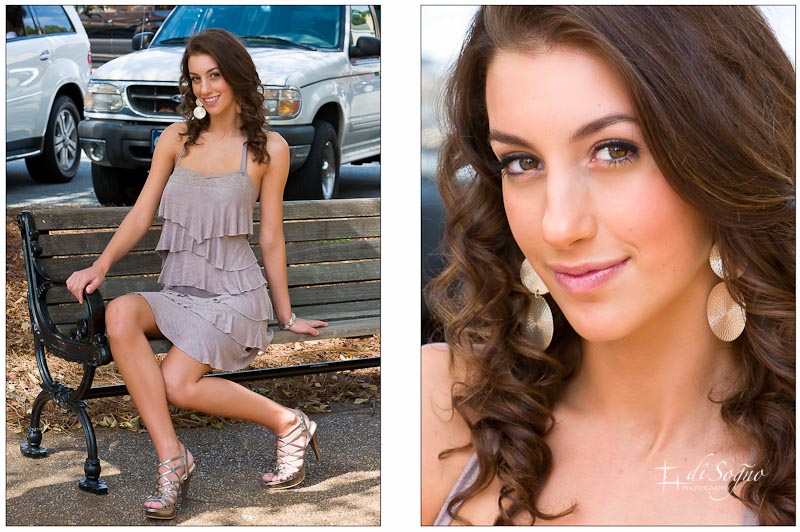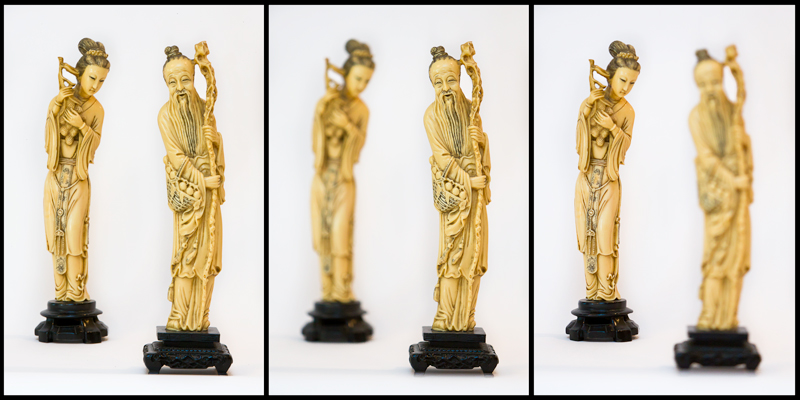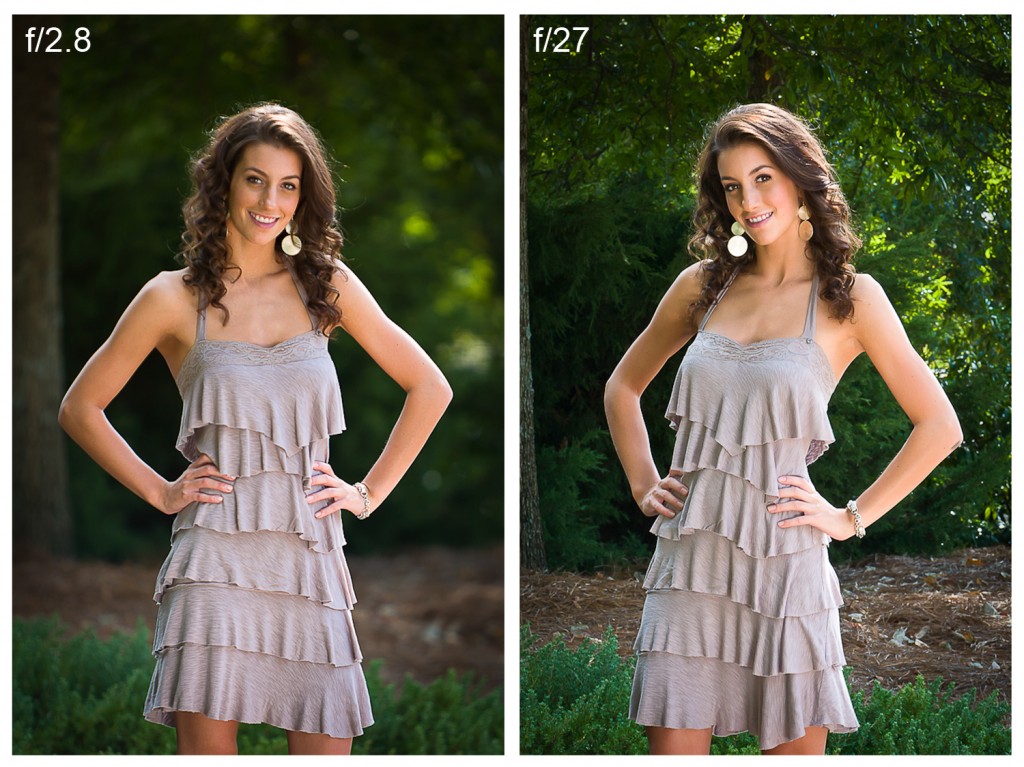Congratulations, you’ve recently purchased a new Digital Single Lens Reflex (DSLR) camera. You look over the manual and realize you may be in over your head but at least it has a program mode for use as a point and shoot camera with which you’re familiar. After a bit you begin to think that taking a photography class to learn how to use the new DSLR wouldn’t be a bad idea.
There are a number of reasons why someone would take a photography class and creating better pictures is the end result of all of them. That new camera is just a tool that is used to create pictures but if you don’t know how to use that tool properly, your pictures won’t get better…in fact they may get worse. So let’s discuss a few reasons to take a photography class.

Downtown Tampa, Fl. from University of Tampa park.
One is learning photography from someone who is in the business. They can provide valuable feedback on the pictures you make so you can improve. You can ask them generic or specific questions to aid in your understanding of photography, use of the equipment, and various techniques to capture images. Essentially gaining knowledge from their experience and expertise.
Another reason to take a photography class is to learn about the tools you use to take pictures. Why is it called a digital single lens reflex camera? What kind of lens is used for shooting sports, portraits, landscapes? What is the shutter, aperture, ISO or white balance and how are they used? How to compose a shot that has that WOW factor people like to look at. How do I hold this big camera? Learning the basic science and techniques of photography can help you to take better pictures.
In a classroom or workshop environment there is the opportunity to learn from other classmates about how they made a particular photo. If they use a technique that no one else is doing, or may be using one that you are having trouble with, they may be able to help. Plus most discussions are open and can range far and wide from the material being presented.
Finally to have fun! When you understand the basic principles of photography and composition and can use them without thinking, then you can expand and start breaking these principles to make new, interesting, and just plain fun images. And you’ll have a lot more fun with your camera because you’ll be taking better pictures and having many more keepers!
“Introduction to DSLR Photography and Creating Better Photos” is a class designed for the new to almost intermediate use who has moved up to a DSLR camera. At the completion of this class, you’ll have a good grasp of the basic principles of photography and composition. You’ll understand more about which lens to use to gain the effect you’re looking for in a picture. And you’ll have a introductory knowledge of using workflow tools to find and manipulate the pictures you’ve taken. So check out the class on the DSLR Photography Class page on this website and register soon.



